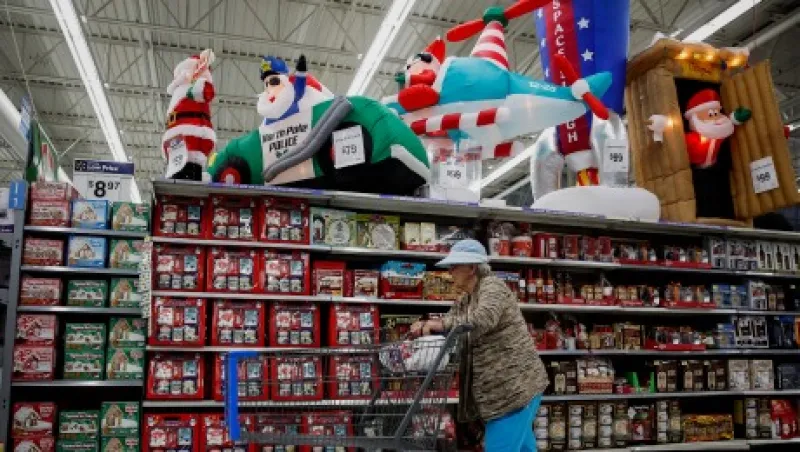U.S. consumer sentiment soared to a seven-year high in late October, and that bodes well for the 2014 holiday shopping season, market observers say. The Conference Board’s consumer confidence index shot to 94.5 — even the most optimistic economists surveyed by Bloomberg predicted that it would climb only to 91.5 — as an improving job market and falling oil prices helped lift Americans’ spirits.
Many retailers, eager to cash in on the rising sentiment, opted not to wait until Black Friday or even Thanksgiving evening and instead began offering holiday specials at the start of this week. Next year, they may start even sooner.
“It’s a commercial reality,” declares Evercore ISI’s Gregory Melich, who’s currently celebrating his third straight year at No. 1 in Retailing/Hardlines on the All-America Research Team. “With e-commerce pulling forward sales, and Thanksgiving now another Christmas shopping day, the real start to the holiday shopping season is now the weekend before Thanksgiving, or perhaps even November 1.”
J.P. Morgan’s Matthew Boss, the top-ranked analyst in Retailing/Broadlines & Department Stores for a second straight year and a runner-up in Apparel, Footwear & Textiles, shares a similar view. “Black Friday has recently become Black November, with promotional activity earlier and more spread out across the month,” he says. “Participation has become a necessary evil, but the majority of promotional activity quarter-to-date appears planned, with colder weather and macro factors — gas prices, unemployment — potentially resulting in an extra present under the tree this holiday season.”
Among the companies likely to benefit from the recent uptick in consumer sentiment is department store operator Macy’s, which Boss describes as a “holiday destination with infrastructure built for omni-channel retailing — they were ahead of the pack with bricks-and-mortar vs. online retailing — and brands with size and scale equating to a strong value proposition with margin risk shared by their vendors.”
Another favorite is L Brands, whose notable outlets include Bath & Body Works and Victoria’s Secret. “Following two years of holiday missteps, we believe that L Brands could be well positioned for a solid holiday given its current same-store sales momentum and ongoing emphasis on cohesive product launches,” among other factors, he says.
Kimberly Greenberger, who claims second place in two retailing sectors — Broadlines & Department Stores and Specialty Stores — is also a fan of L Brands and Macy’s, along with a few others: consumer electronics chain Best Buy Co., sportswear designer Michael Kors Holdings and athletic apparel and footwear manufacturer Nike. However, the Morgan Stanley analyst is more cautious than many of her peers.
“Consumers are in a better financial position to spend this year, but we think uncertainty could weigh on sales growth,” she wrote in a note to clients the same day the Consumer Board released its index figures. “We expect continued stock volatility through the fiscal year end and advocate staying selective.”
Whereas the National Retail Federation predicts that shoppers will spend an estimated $617 billion from now through the end of December, an increase of 4.1 percent over 2013, Greenberger believes the year-over-year growth rate will more likely be in the neighborhood of 1.4 percent for softlines and just 0.8 percent for specialty retailers.
Hardlines — appliances, electronics, hardware and so forth — are another story. Greenberger told clients to “expect a hardlines rebound against a tough year-ago holiday.” Her top pick in the sector is Best Buy, thanks primarily to pent-up demand for iPhone 6 and early adoption of 4K TV, among other considerations.
Melich is even more upbeat on the sector’s prospects. “We are using a 4 percent holiday retail sales forecast,” he says. “ Our retail sales lead indicator — driven by employment, wealth effect, energy prices — suggests 5 percent is possible, but headwinds from the [Patient Protection & Affordable Care Act], drug price inflation and general disinflation appear to keep it closer to 4 percent.”






